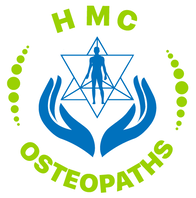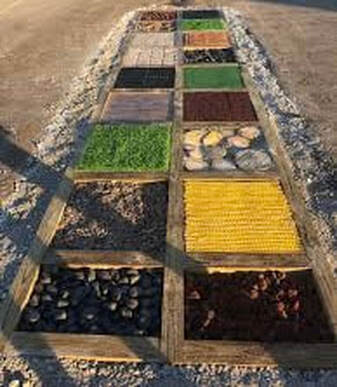 By Angus Nicol After reading the first two blog posts you’re probably ready to throw your shoes out right now! But hold up there, partner. Our feet have become very accustomed to wearing shoes, so transitioning to barefoot walking can take some time and patience. It’s important that when you start walking barefoot that you start off slowly, even for as little as 15-20 minutes a day, and slowly increase the length of time. This will allow the muscles, tendons and ligaments in your foot to adapt without causing excessive load, stress or damage. You may wish to begin your barefoot journey inside on familiar surfaces, especially if you have balance issues. However, be aware that hard surfaces (eg concrete floors and tiles) will put more force and stress through your feet, so wooden or carpeted surfaces are preferable. You can also test yourself on outdoor surfaces, again seeking out relatively flat and semi- firm surfaces (eg turf/even grass, sandy beaches and/or rubber sports courts) but avoiding concrete/bichuman. You may also like to consider starting activities/exercise that require you to be barefoot - such as yoga, pilates or martial arts. If you are barefoot walking, please check your feet regularly for injury. Many people have conditions that lead to decreased sensation in the feet (a few examples include diabetes, peripheral neuropathies or circulation problems), therefore there is a risk of sustaining wounds without noticing and increasing risk of infection. I wouldn’t be a good osteopath if I didn’t at some point mention everyone’s favourite thing… REHAB EXERCISES (aka homework). When beginning your barefoot journey, you can help your foot to adapt more quickly by doing additional exercises to help relieve the muscles and joints in the foot to help them tolerate the changes better. The photo below shows some simple exercises you can do. These exercises can be helpful for people who have foot pain already, and for people who are transitioning to barefoot walking. They should be performed for about one minute each, on both feet, 1-2x per day (so about 10-20mins). Whether you have foot pain, want to try walking barefoot, or just want to treat yourself - I encourage you to try them, because they feel so good! Or, if you have a loving partner or a really, REALLY good friend… ask for swapsies! 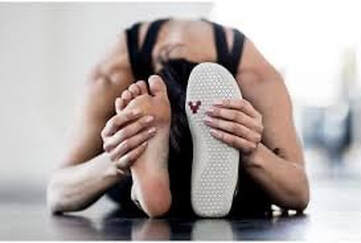 These days, there are many barefoot (“minimalist”) shoes available. These are designed to mimick and maintain the natural shape of the foot, and keep you as closely connected to the earth as possible, to allow the biomechanical benefits of barefoot walking, whilst also offering your feet protection. They are becoming more widely available in many different styles to suit every occasion and purpose, and have come a long way from the classic “toe shoes”. However beware, not all minimalist shoes are made equal, and some may share design flaws similar to that of conventional shoes (see my previous blog post!), so I highly recommend speaking to your local podiatrist or other foot-savvy health practitioner before deciding on a pair. 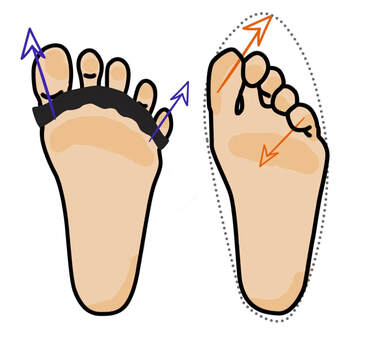 One more useful appliance which complements the barefoot movement are toe spacers. These are basically designed to prevent, and slowly reverse, any changes to the forefoot sustained by conventional footwear… and more specifically those sexy but pesky narrow toe boxes. They can be helpful in alleviating a wide variety of foot pain from bunions, hammertoes, other types of crooked toes, hallux valgus, ingrown toenails, sesamoiditis, neuromas and capsulitis, as well as having encouraging the change responsible for many of the benefits of barefoot walking. Similarly to barefoot walking, your foot needs to adjust to using toe spacers. One can start by wearing the spacers for shorter amounts of time and progress as comfortable. Start with 30-60 mins for 2-4 weeks. You can wear them in a variety of settings, including: In bed while sleeping, lounging around the house, during yoga and other barefoot workouts, at the beach, outdoors as part of a grounding practice. It is also important to note that toe spacers are not compatible with all shoes and should NOT be worn in conjunction with orthotics or arch supports. Although orthotics and toe spacers share similar goals (offering support to areas of the foot and stabilising foot arches), orthotics do this in a passive process which opposes the active process in which toe spacers work. Please speak with a foot specialist before trying toe spacers to find out if they can be helpful for you.
0 Comments
Leave a Reply. |
HMC TEAMIf you find something of interest that might suit this space, or would like information on a specific topic, let us know at [email protected]
Archives
December 2023
Categories |
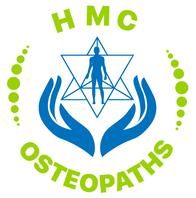
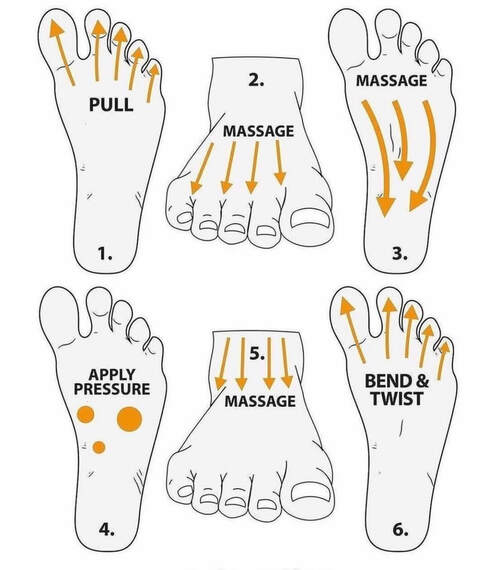
 RSS Feed
RSS Feed
